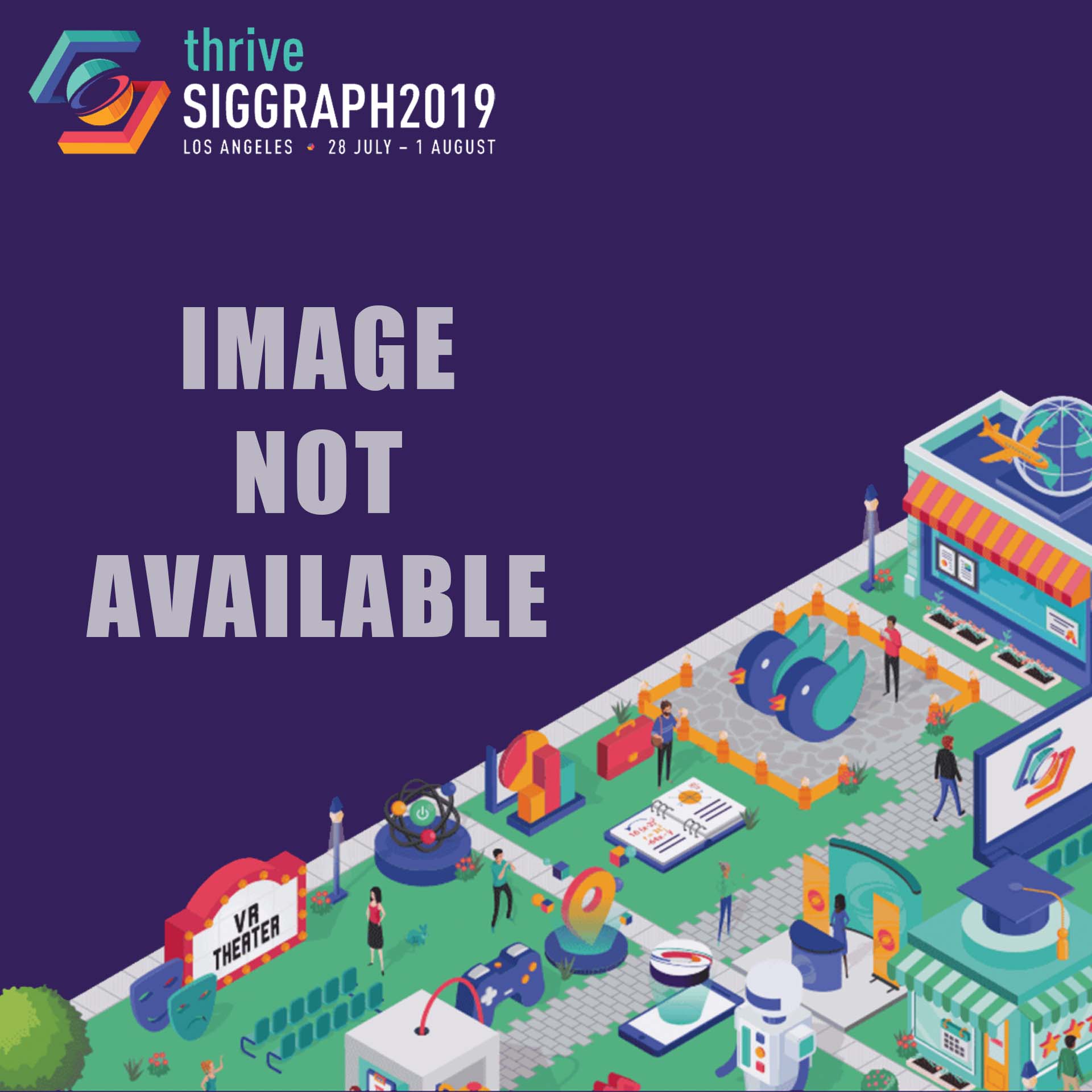“Preserving Virtual Reality Artworks A Museum Perspective” by McConchie and Ensom
Conference:
Type(s):
Entry Number: 15
Title:
- Preserving Virtual Reality Artworks A Museum Perspective
Presenter(s)/Author(s):
Abstract:
As artists increasingly engage with virtual reality (VR) technologies, the artworks they produce are beginning to enter the collections of cultural heritage institutions. Museums, libraries and archives are therefore assessing how these complex works might be brought into collections and how they might be stabilised to ensure they can be exhibited in the long-term. Reporting on ongoing research at Tate in London, in this talk we will introduce our perspective as conservators of time-based media (broadly understood as art with a technological component that unfolds over time) on the challenges we face in preserving virtual reality artworks. We expect this to be of interest to SIGGRAPH attendees who are considering the legacy of their creations and the ways in which virtual reality artworks (and related technologies) might be stabilised in order to secure their future.
References:
1. Savannah Campbell. 2017. “A Rift in Our Practices?: Toward Preserving Virtual Reality.” Masters Thesis. NYU. https://www.nyu.edu/tisch/preservation/program/student_work/2017spring/17s_ thesis_Campbell.pdf
2. Candice Cranmer. 2017. Preserving the emerging: virtual reality and 360-degree video, an internship research report. Netherlands Institute for Sound and Vision. http://publications.beeldengeluid.nl/pub/584
3. Tom Ensom. 2018. Revealing Hidden Processes: Instrumentation and Reverse Engineering in the Conservation of Software-based Art. Presented at the AIC 46th Annual Meeting, Houston, TX, USA. Forthcoming in Electronic Media Group Review (5).
4. Patrícia Falcão, Alistair Ashe and Brian Jones. 2014. Virtualisation as a Tool for the Conservation of Software-Based Artworks. https://pdfs.semanticscholar.org/38a1/ef01599accfcda2f17767fc299fed98880bb .pdf
5. Khronos Group. 2019a. OpenXR. Retrieved from https://www.khronos.org/openxr Khronos Group. 2019b. Vulkan. Retrieved from https://www.khronos.org/vulkan/ Khronos Group. 2019c. glTF Overview. Retrieved from https://www.khronos.org/gltf/ Pip Laurenson. 2016. “Old media, new media? Significant difference and the conservation of software-based art.” New collecting: Exhibiting and audiences after new media art. Routledge, 2016. 73-96.
6. Jack McConchie. 2018. VR Tools as Spatial Documentation. Presented at the AIC 46th Annual Meeting, Houston, TX, USA.
7. Klaus Rechert, Patricia Falcao and Tom Ensom. 2016. Introduction to an emulation based preservation strategy for software-based artworks. https://www.tate.org.uk/download/file/fid/1058879. Web 3D Consortium. 2019. What is X3D?. Retrieved from http://www.web3d.org/x3d/what-x3d.
Keyword(s):
Acknowledgements:
This research has been funded by Lumen Art Projects. Thank you to our colleagues Louise Lawson, Patrícia Falcão, Mark Hellar, Philippa Day, Savannah Campbell and Judy Willcocks for their contributions to our research. Thank you also to the artists we interviewed: Dom Biddulph, Lawrence Lek, Winslow Porter, Jakob Steensen, Michael Takeo-Magruder and Milica Zec.




